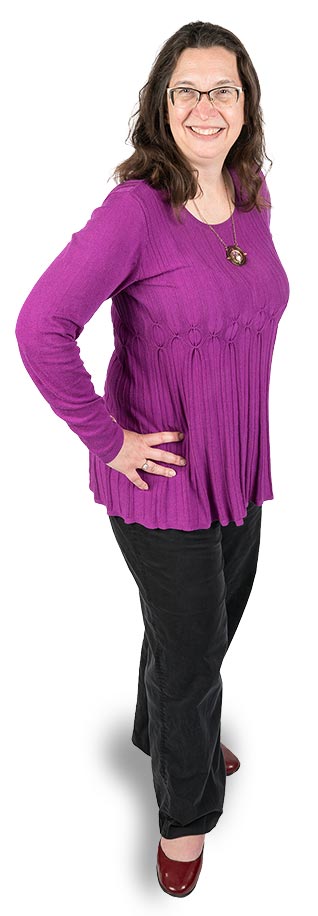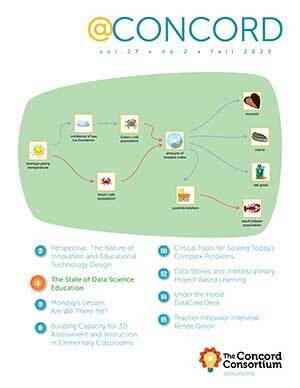Innovator Interview: Leslie Bondaryk
 A self-described “cross-discipline weirdo” with an interest in science, math, and art, Leslie spent her freshman year in high school at a magnet arts school. She now thinks back to her early interest in sculpture as a springboard to her later interest in engineering. She also credits her father, who wrote operating systems at IBM, with giving her an early glimpse into that world.
A self-described “cross-discipline weirdo” with an interest in science, math, and art, Leslie spent her freshman year in high school at a magnet arts school. She now thinks back to her early interest in sculpture as a springboard to her later interest in engineering. She also credits her father, who wrote operating systems at IBM, with giving her an early glimpse into that world.
Leslie now laughs about her major at MIT—electrical engineering—saying, “I would love to say it was a beautiful, inspirational choice.” Alas, its appeal was financial: electrical engineers made the most money. But it was also a challenging and interesting field. When she was told that electrical engineering was the hardest major and that she’d have to “crank on the math,” she thought, “bring it on!” And she learned to love it, especially the design aspects.
At the University of California Santa Barbara, she received a master’s in electrical engineering and solid state physics, and learned about the intricacies of making silicon into semiconductor electrical and optical switches. In her thesis work, Leslie made vertical-cavity surface emitting lasers, where the trick was to grow a mirror on the surface of a semiconductor using molecular beam epitaxy, rather than cleaving the wafer. “It’s like sculpting with atoms,” she says.
After moving back to Boston, Leslie landed at MathSoft. These were the early days of the Web and publishers were just beginning to realize that paper texts would have to work hand in hand with websites to teach STEM subjects. She directed their Mathcad product line, and headed up the Schaum’s Interactive Outline series, one of the first legitimate uses of software to teach STEM from a professional publisher. Her team also developed the notion of a metadata system around dimensioned, experimental values that could be copied into other worksheets and documents.
In another publishing stint, Leslie worked at Pearson to develop an online platform capable of asking and answering STEM questions. She recognized that students, instructors, and authors all needed to express the same kinds of concepts—with graphs, equations, and pictures—and that demonstrating the links between representations was critical to science communication. One physics curriculum included a strobe picture of someone shooting a basketball, a graph of the positions, and an equation. “I try to make software that allows students and authors to communicate these representations in the way they think about them, then let the software link them together.” Leslie sees great potential in models that students can manipulate to respond to questions in their preferred representation.
One key colleague during Leslie’s professional journey was Apple’s Jim Spohrer, who fantasized about the power of technology, unbounded by the traditional classroom, “sitting under a tree with a computing device that would help you learn about the world.” The idea of domain experts and students using transparent technology suited to the environment and subject has resonated with her ever since. She’s now making some of these ideas reality with mobile data acquisition apps at the Concord Consortium. “We finally did it!”
Leslie’s love of art, science, and personal expression inspires her work and hobbies alike. In 2013, she and her husband converted an arcade on Cape Cod to demonstrate game physics, such as the friction effects in air hockey and the AI built into the Addams Family pinball game. Although they had to close Wackenhammer’s Arcade STEAMuseum due to the pandemic, Leslie still has some of her favorite games in her home. She treasures memories of museumgoers and their curiosity as they explored the exhibits. Leslie approaches her work here with the same sense of excitement and discovery.
